I’m not sure about you, but we wouldn’t dream of our leaving our boy behind.
Our family is made up of two adults and a 50kg Rhodesian Ridgeback named Bodhi. Wherever we go, he goes too, and after camping in a tent for many years, we upgraded to a caravan not long after he joined our family as we thought it would give us all more room, and looking back on our tent set up, it certainly has been the best decision.
So an important consideration when travelling is where your dog is going to be secured in the car. For us, he was always going to be inside with us, not only is there no room in the back of our 4WD for a large dog, but because his happiness is just as important as ours and we’d rather him not be out in the elements so he enjoys in air conditioned comfort inside with us. For safety, he is secured in a Ruffwear ‘Front Range’ Harness, which enables him to sit, stand and sleep in comfortably whilst inside the vehicle.
We have a Mazda BT50 dual-cab in which we have removed the back seat and replaced with a full-width, marine carpet covered timber platform, topped with a foam mattress, which allows Bodhi to fully stretch out and sleep on whilst travelling. (This platform is easily removed and seats replaced at any time).
Whilst driving, we always ensure that we have plenty of fresh water and easily accessible bowls for quick stops if need be. We endeavour to take breaks every two hours so he can stretch his legs and find a much needed tree. I think all these little things help make long trips much more enjoyable for a large dog.
Once we arrive at our destination, we swap his harness over for an Ezy Dog branded design which appears to be cooler than the car harness due to having less material but still just as secure. He is then tethered to a lunging lead (long horse lead) which can be altered in length according to our location and set up. If we are staying in caravan parks, we ensure that he is on quite a short lead that keeps him within our boundary, otherwise if we are set up at larger properties or free camping, he can be given much greater freedom with a long lead. We feel its better for him to be secured by a harness rather than just a collar as it would be almost impossible for him to slip out of a harness as easy as a regular collar.
Things to consider when you are staying particularly at caravan parks, is that not everyone obeys the rules of ensuring their dogs are secured at all times, so my advice is to never fall into that habit as large dogs unfortunately will always be looked upon negatively should something untoward happen. Another word of warning is to always be aware that unsupervised kids have a tendency to walk up to dogs whilst they are relaxing inside their boundary, so please, always be on the look out as we all know, no animal should ever be left unattended with a child.
Something that we have also done is ask park managers to write ‘dog references’ before we leave our camp that vouch for the behaviour of our dog. If you are ever turned away from staying somewhere because of the size of your dog, you can present a past reference which hopefully will provide some reassurance to a skeptical park manager.
Regarding your dogs meals, depending on the type of food they eat, then this requires a certain amount of preparation. Bodhi is generally fed a raw food diet of ‘Big Dog’, which come in pre-packaged frozen patties, but due to the size of our freezer, there is only so much we can pack, so we always do our research in regard to the destination we are travelling and ring ahead to suppliers to ensure they will have stock available on the days we will be passing through. If they are fed dry food, then I can highly recommend the PFAT Pet Food Storage Bag (by Outward Hound). It keeps the food fresh and dry, and as the trip goes on, the adjustable bag means it can be reduced in size and stored in smaller places.
Because Bodhi is largely fed outside when travelling, I highly recommend investing in an ant-free dog bowl to keep the critters away.
Bedding options have varied over time, initially starting with a crate outside (which he was very comfortable in as he was crate trained), but as time went on, and wet and cold temperatures were experienced, he eventually made his way inside the caravan at night onto a bed on the floor.
We also travel with something called a ‘stationing mat’ which is a lightweight mat which has plastic on one side and slightly padded on the other, allowing us to put something down onto wet ground if need be – this has been a god send on so many occasions when we’ve struck bad weather.
Because we travel year round, we always pack his dog jacket incase the weather turns cold, and also allows him to stay relatively dry if we need to take him out during bad weather for a bathroom break.
From a young age, we encouraged Bodhi to go ‘outside’ during the rain, which has been the best training we ever did, as when we need him to do his ‘business’, then it’s a relatively quick task.
Similarly to being in the car. We’ve had Bodhi since a pup, and knowing that we would be travelling with him, he got used to the car from a very early age.
So, my absolute best advice would be:
- Get your dog used to the car long before you start travelling. I can imagine there would be nothing worse than heading off on holidays with a dog who hates the car.
- Make sure you have comfortable harnesses to secure them in the car and at your campsite.
- Get a long, secure lead that can be adjusted simply to different lengths at your campsite (large karabiners are fantastic for securing them to your van).
- Make sure you always travel with fresh water for your dog.
- Take regular stops for them to do their ‘business’ and stretch their legs.
- It’s a bit much to expect your dog to adjust to new environments and sleeping conditions if they’ve never experienced them before, so start out on small trips so they can get use to the idea.
- Plan ahead regarding visiting tourist destinations that don’t allow dogs and find reputable pet sitters who are comfortable looking after large dogs prior to arrival.
- Talk to your vet about a first-aid kit which includes anti-histamines. (This would be most common medication required when travelling). Also, ensure you set an alert in your phone/calendar if you need to administer any medications. When on holidays, dates seem to pass on by without much notice.
- Take dog towels and dog shampoo (nothing like a good wash if you are at the beach or a muddy camp ground).
- Be prepared to talk to a lot of people. Since we’ve been travelling with Bodhi, I think we have spoken to more strangers than ever before – and that can only be a good thing.
Enjoy your travels with your big dog.

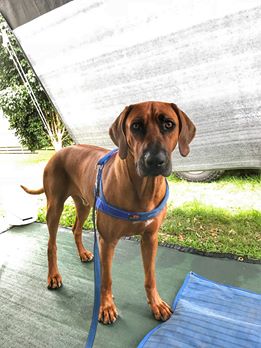


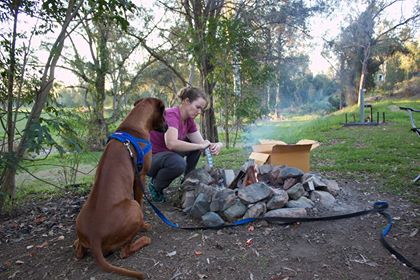
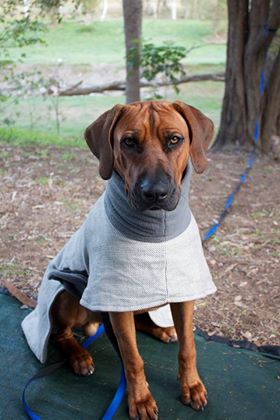




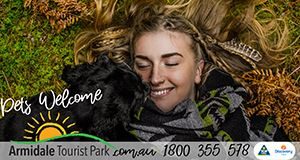
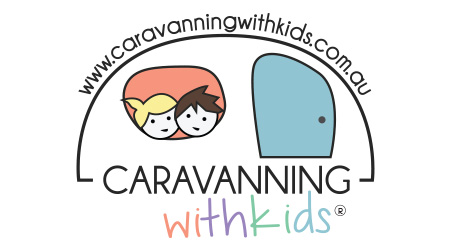
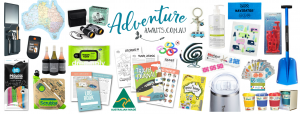
Very sensible useful information.